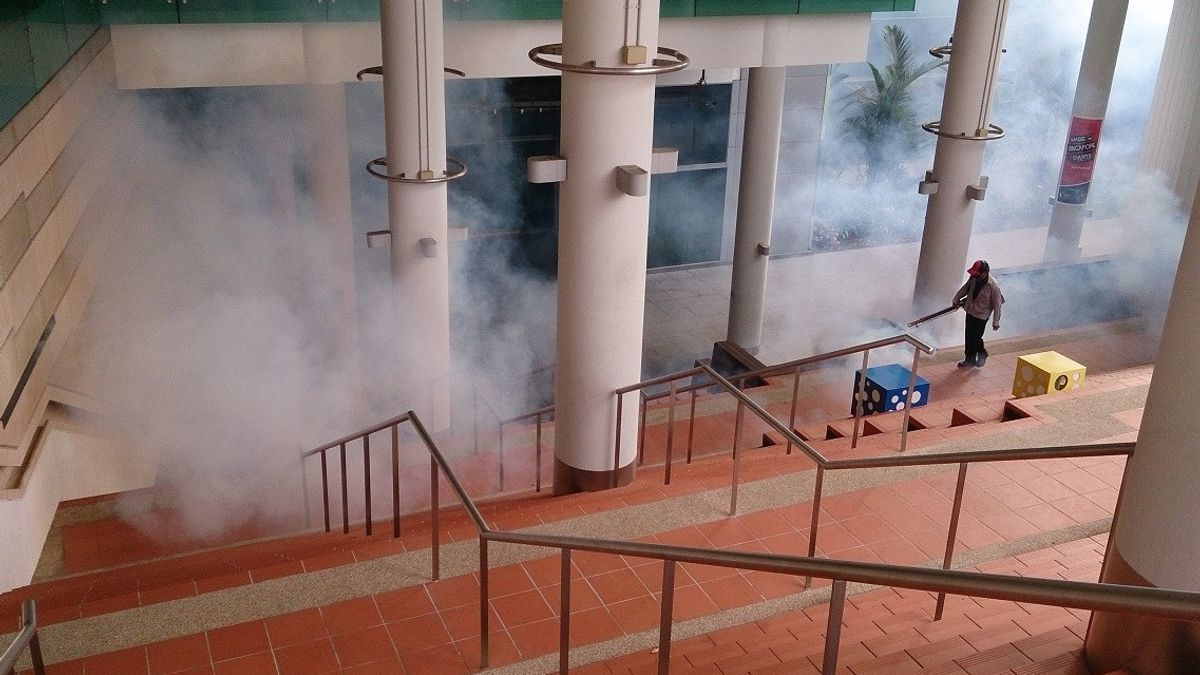JAKARTA - Dengue fever will be a major threat in the southern United States, southern Europe and a new region of Africa this decade, World Health Organization (WHO) scientists say, as warmer temperatures create ideal conditions for mosquitoes that carry the disease to spread.
Dengue fever has long been a scourge in much of Asia and Latin America, causing about 20,000 deaths each year.
The rate of disease is said to have increased eightfold globally since 2000, largely driven by climate change as well as increased human and urbanization movements.
On the other hand, many cases are not recorded. But in 2022 there will be 4.2 million cases reported worldwide, while public health officials have warned that the transmission rate is expected to hit a record high this year.
For example in Bangladesh, where the country is currently experiencing the worst outbreak ever, with more than 1,000 deaths since the start of the year.
"We need to talk more proactively about dengue fever," infectious disease specialist Jeremy Farrar told Reuters.
"We need to really prepare countries to face additional pressures that will come in the future in many major cities," he continued.
Farrar further explained that this infection is likely to "enhance" and become endemic in parts of the United States, Europe and Africa, all areas where local transmission is limited, as global warming makes new areas friendly to mosquitoes that spread the disease.
He warned that this condition would put great pressure on hospital systems in many countries.
"The clinical treatment is very intensive, requiring a high ratio of nurses and patients," he explained.
"I was very worried when this became a big problem in sub-Saharan Africa," he said.
It is known, most people infected with dengue fever do not show symptoms, so the number of cases is estimated to be much higher than the number reported.
اقرأ أيضا:
Those who experience it can experience very severe fever, muscle seizures and joint pain, so they are known as "bone fracture fever". In severe cases less than 1 percent can be fatal.
Farrar added that appropriate prevention would include triaging planning for hospitals, as well as scientific innovations and other important factors, such as urban planning, to avoid puddle areas near or inside the house.
"We need to combine various sectors that are not used to working together," he said.
The English, Chinese, Japanese, Arabic, and French versions are automatically generated by the AI. So there may still be inaccuracies in translating, please always see Indonesian as our main language. (system supported by DigitalSiber.id)


















